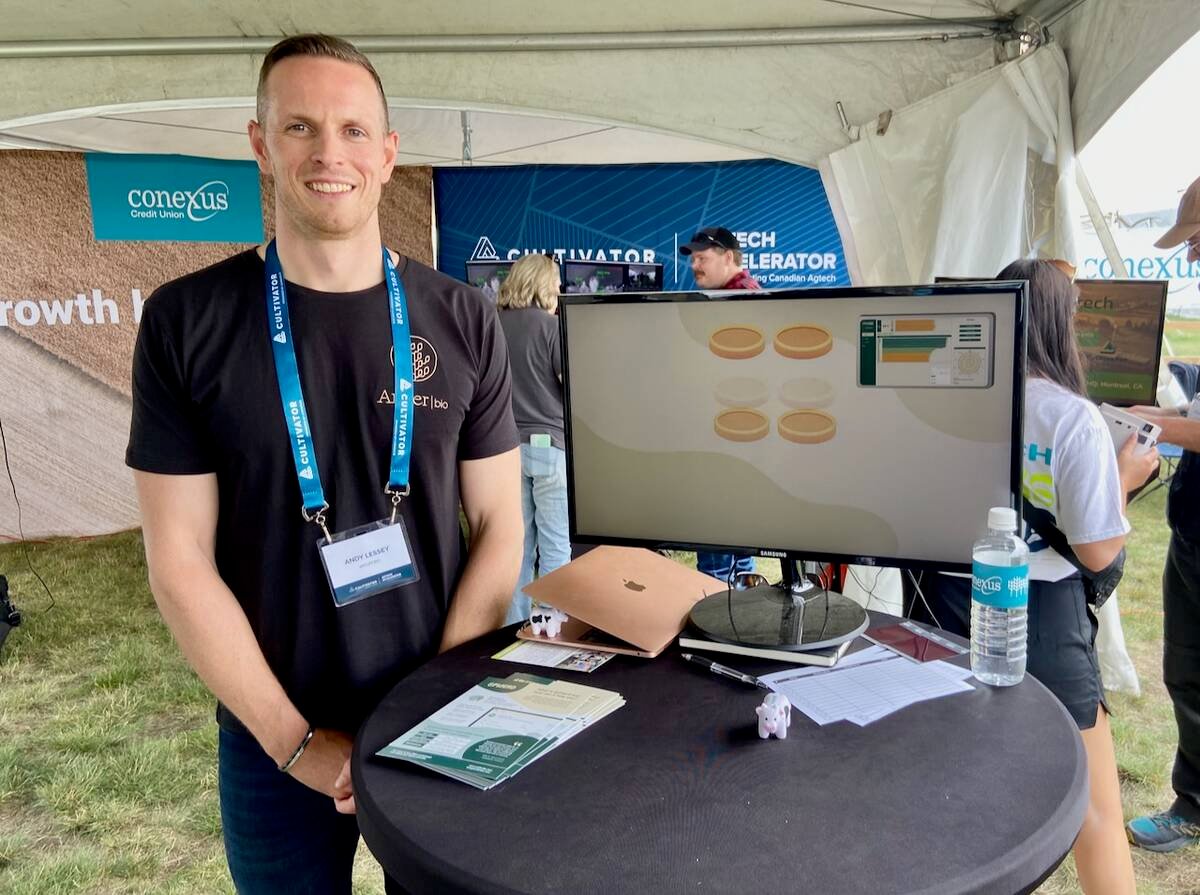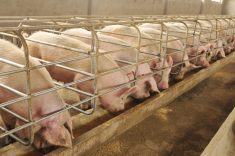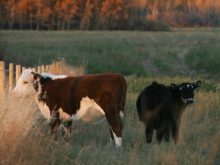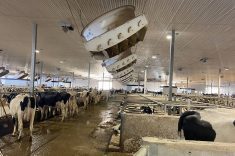Every year we hear about producers injured while handling cattle.
Forty-four percent of farm accidents in 1997 were caused by or involved cattle. Trauma or self-injection with products can carry long-term consequences. Preventive measures must be implemented and steps reviewed in case unforeseen accidents happen.
You might want to develop and implement standard operating procedures if there is high job turnover on your farm.
Proper maintenance is key to preventing accidents. Greasing and oiling chutes ensures they move freely. Check all the quick release components to make sure they are properly adjusted. This will ensure faster processing with fewer cattle bursting through and escaping.
Read Also

VIDEO: British company Antler Bio brings epigenetics to dairy farms
British company Antler Bio is bringing epigenetics to dairy farms using blood tests help tie how management is meeting the genetic potential of the animals.
I am very careful when working on the side of the chute where the release is for fear it will snap open. Most new chutes have safety pins.
Make sure the squeeze mechanism catches as it should. If not, sudden release under pressure may cause head trauma to workers. You might want to deem your chute a hard hat and safety glass area.
The safest thing is to never totally trust mechanical devices and always be alert. Workers who are dozing off, inattentive or inexperienced are more likely to be injured.
Always fully explain the job to new helpers and warn them of any danger points in your system. Distractions such as cellphones, texting and music head phones should not be allowed.
When injecting cattle, be aware of where cattle might jump so that you can keep out of the way.
Most new chutes have good access doors. Use them. They are there for a reason. Don’t try to rush the process and vaccinate through bars. The pain of injection may cause the animal to lurch forward or jump up, breaking arms and hands.
If there is no good access, I try to give the shots over the top of the chute so my hands and arms are free.
Use alley stops wherever possible. They are easy to install and are well worth the investment.
Placing posts behind cattle is asking for disaster, especially if the worker is inexperienced. I have seen several farmers, their wives and employees knocked out or hit by posts that were sent flying after cattle backed up. It would be wise to eliminate the need for posts in handling setups. If it absolutely necessary, do so with extreme caution.
Self-injection is also a common accident. Carelessness and trying to inject without adequate restraint are the two main causes.
The swelling that occurs is often a result of trauma from the large-gauge needles used. However, the product and carrier base can cause severe reactions. Automatic dose syringes and power syringes are capable of self-injecting a full or partial dose of product.
It is important to clean the wound as thoroughly as possible and take the product and label to a doctor, who will check out the precautions and if necessary phone a veterinarian for information about the product.
Products such as powerful antibiotics and sedatives are more dangerous than killed vaccines.
Do not get into the habit of sucking on the needle cap. Product may have leaked into it and only a few drops absorbed through the mucous membranes in the mouth can be detrimental, especially sedatives.
Never walk around with full syringes in your pocket, which is often how self-injection occurs.
Change needles every 10 or so animals. This becomes especially important if an accidental injection results. A dull needle causes much more trauma and the risk of infection increases.
The odds of injury increase when using the tenting method of injecting subcutaneously, in which one hand is used to tent the skin and the other to inject.
A technique has been developed called “the one handed approach” where a short half to three-quarter inch needle is inserted at an angle. You can feel the needle drop into the sub dermal space and this keeps one hand free and out of harm’s way.
Try to give as many treatments as possible either subcutaneously or as pour ons. Intramuscular shots not only cause more damage, but cattle are more apt to move and jump around, increasing the chances of injury and broken needles, which creates meat quality issues.
Some pour on insecticides are powerful and can cause nausea and lethargy if only a small amount contacts skin. Wear gloves and make sure applicator guns do not leak.
Heed warnings on product labels.
It is particularly important that women of childbearing age do not administer prostaglandins such as lutalyse, estrumate and estroplan because they can be absorbed through the skin and cause miscarriages. Asthmatics and people with bronchial and other respiratory problems should also avoid them.
Prepare kits to carry pharmaceutical supplies and always have safety in the back of your mind.
Alberta’s agriculture minister recently created the Farm Advisory Safety Council to work toward minimizing farm accidents, whether it be with livestock equipment or drowning in dugouts.
Let’s all do our part to improve farm safety. Fewer injuries and lost days will improve morale and productivity.
Roy Lewis is a veterinarian practising in Westlock, Alta.
















